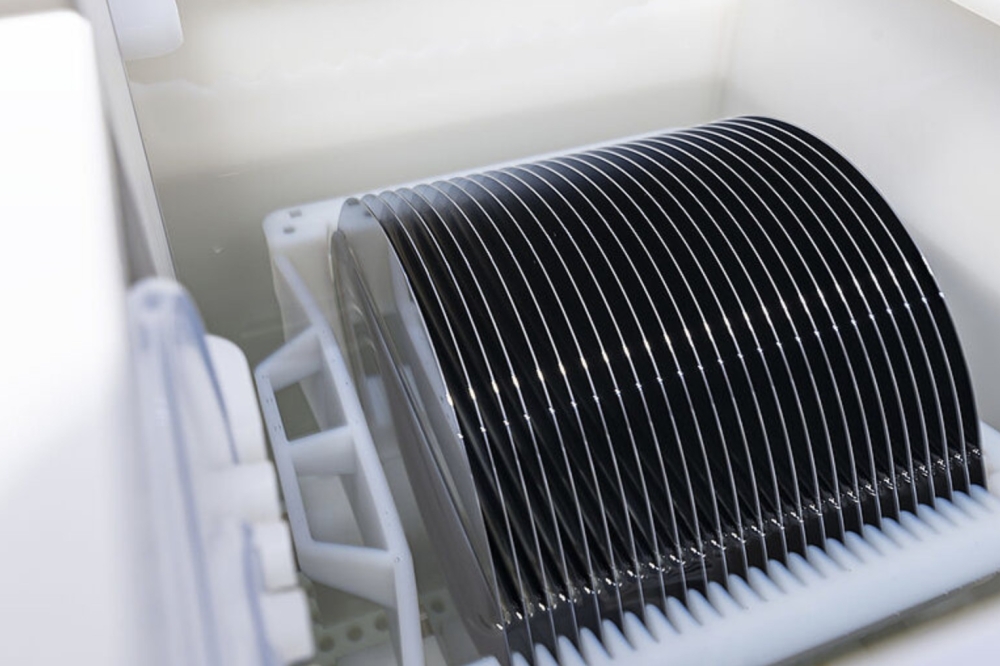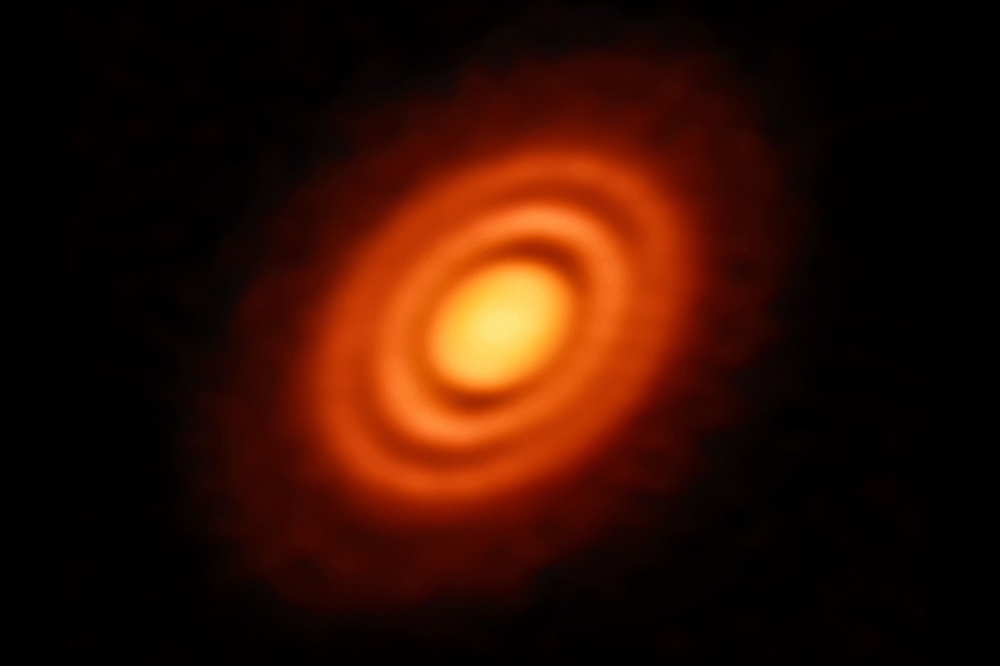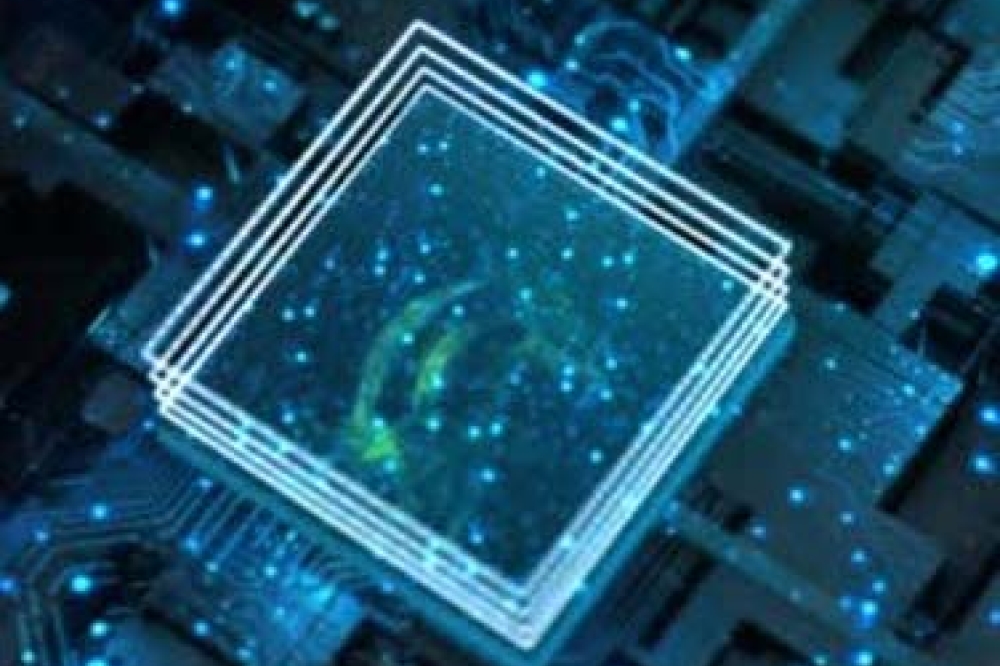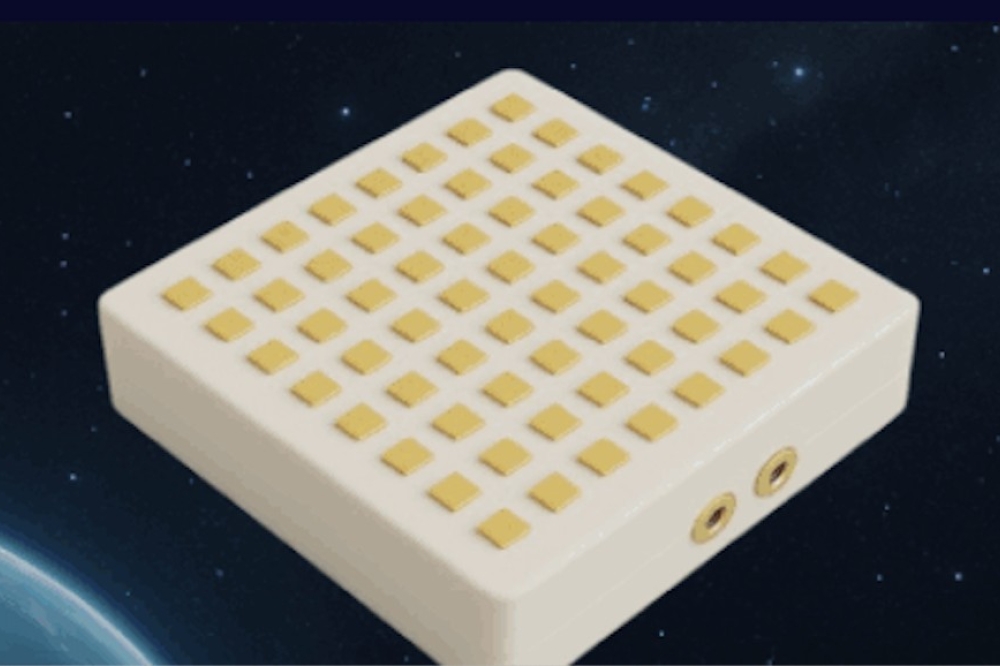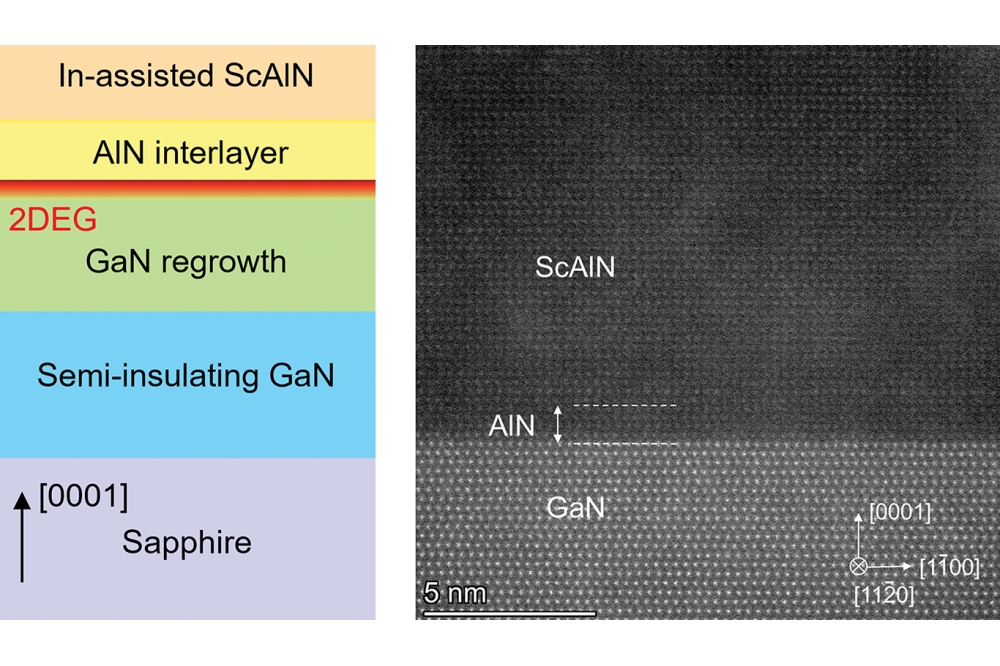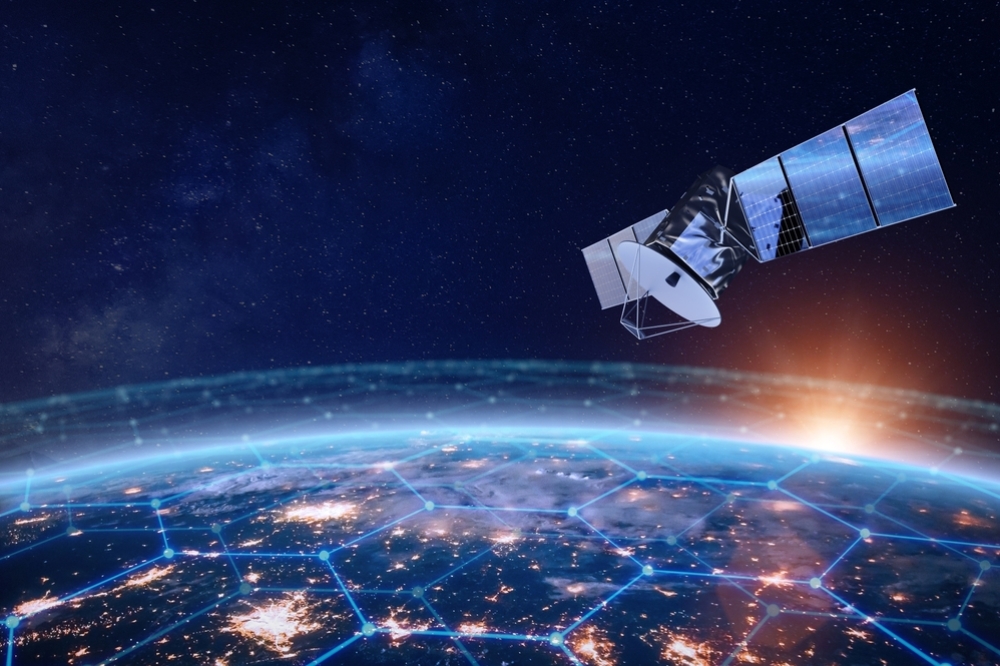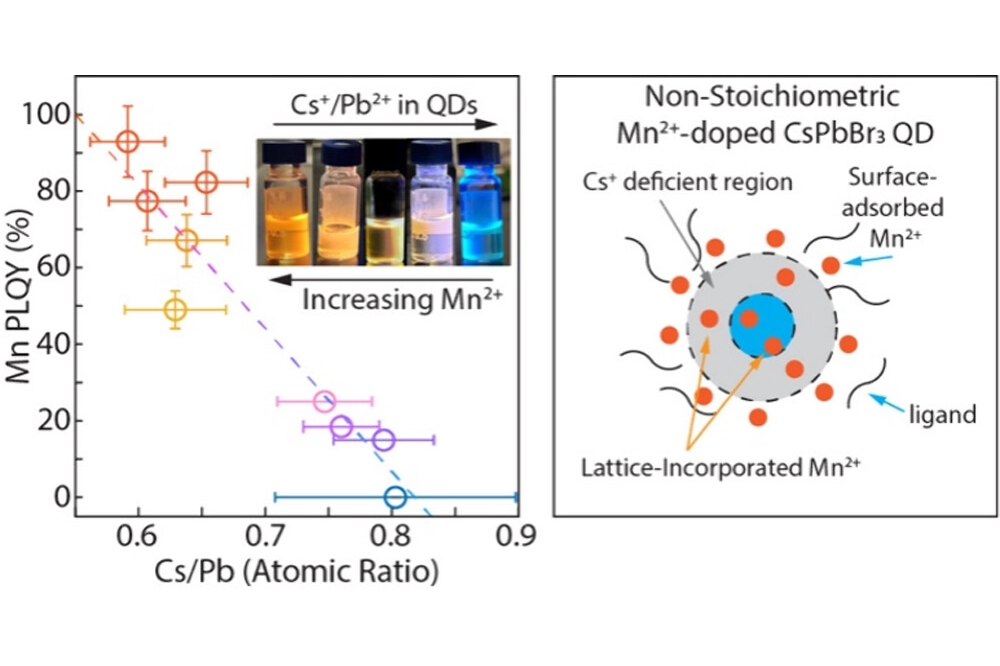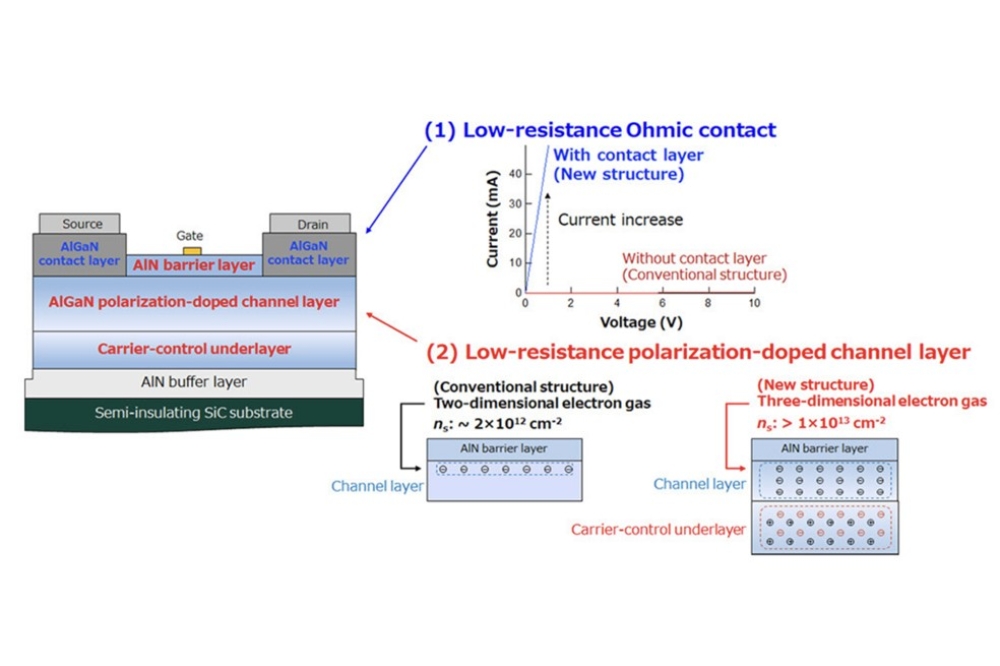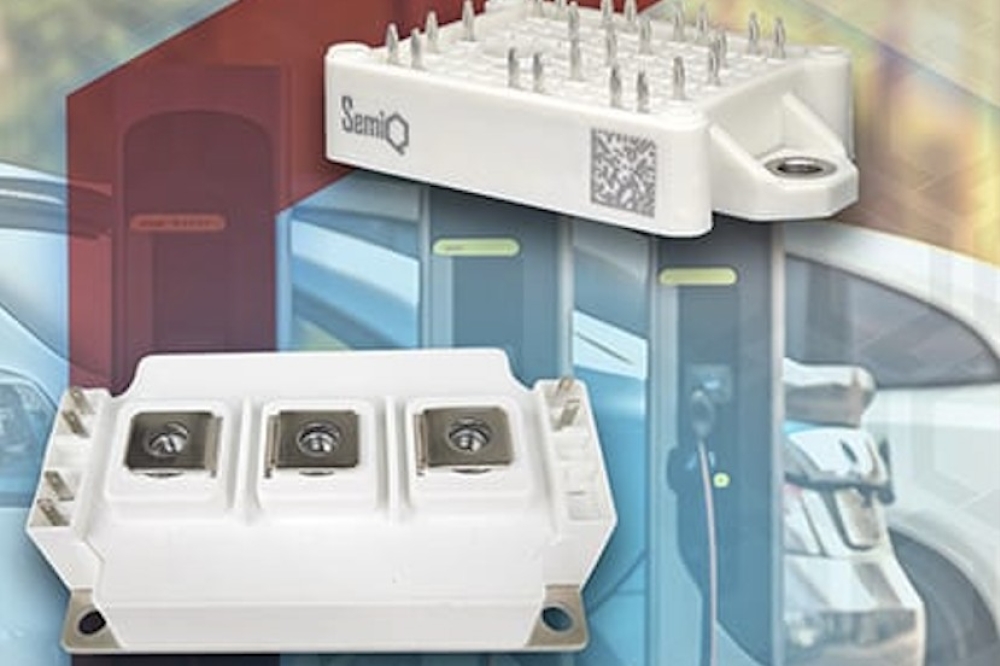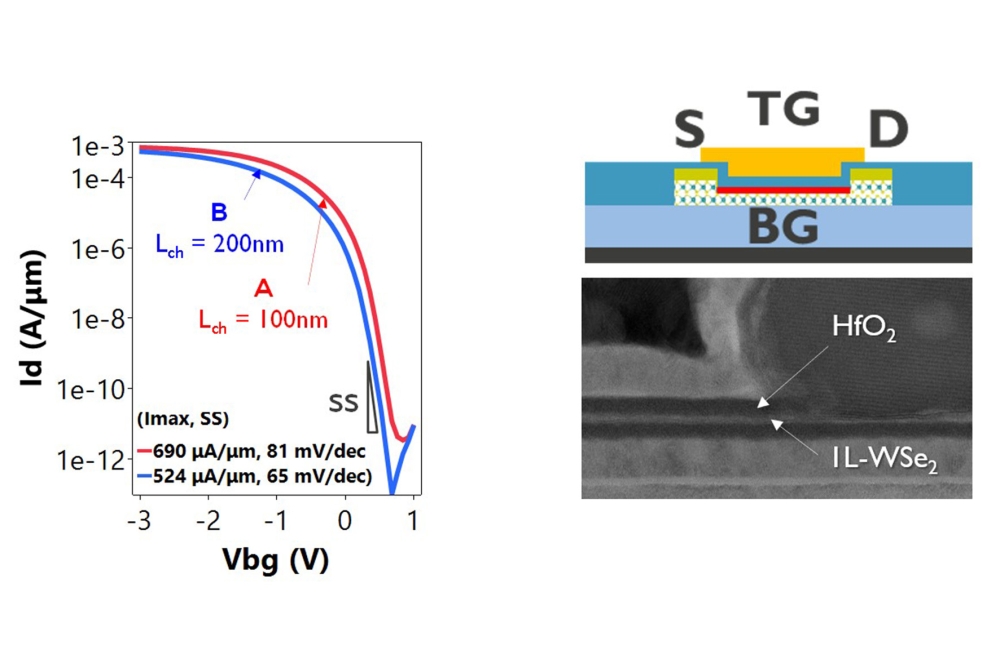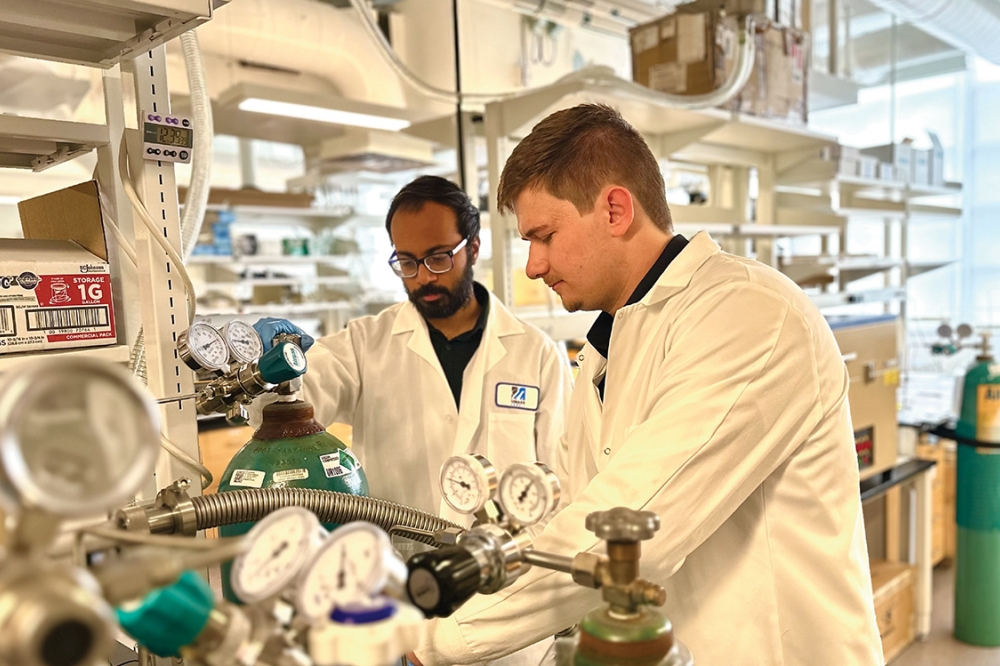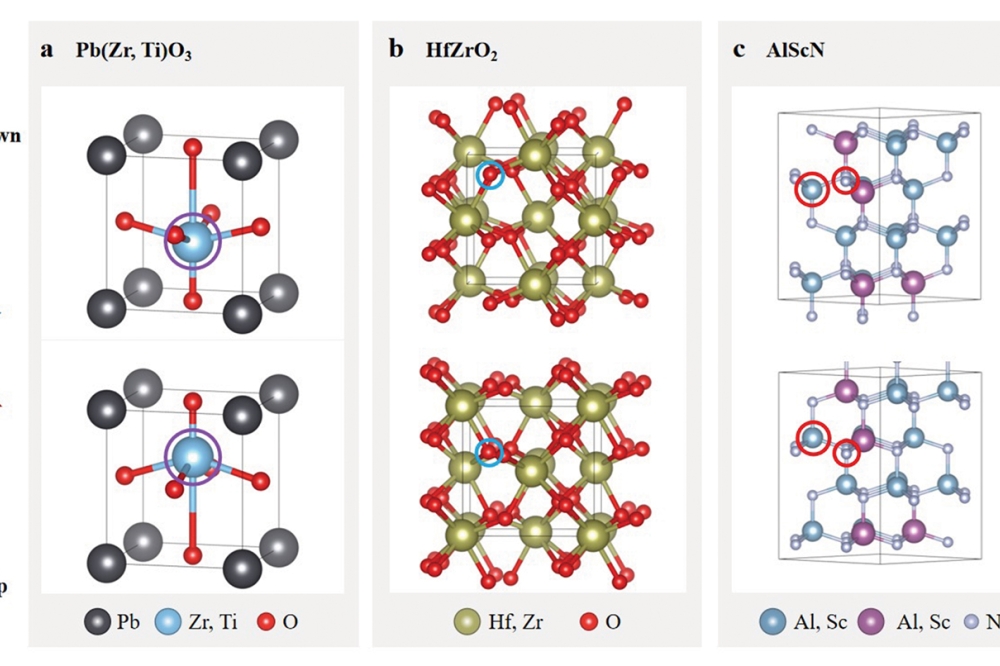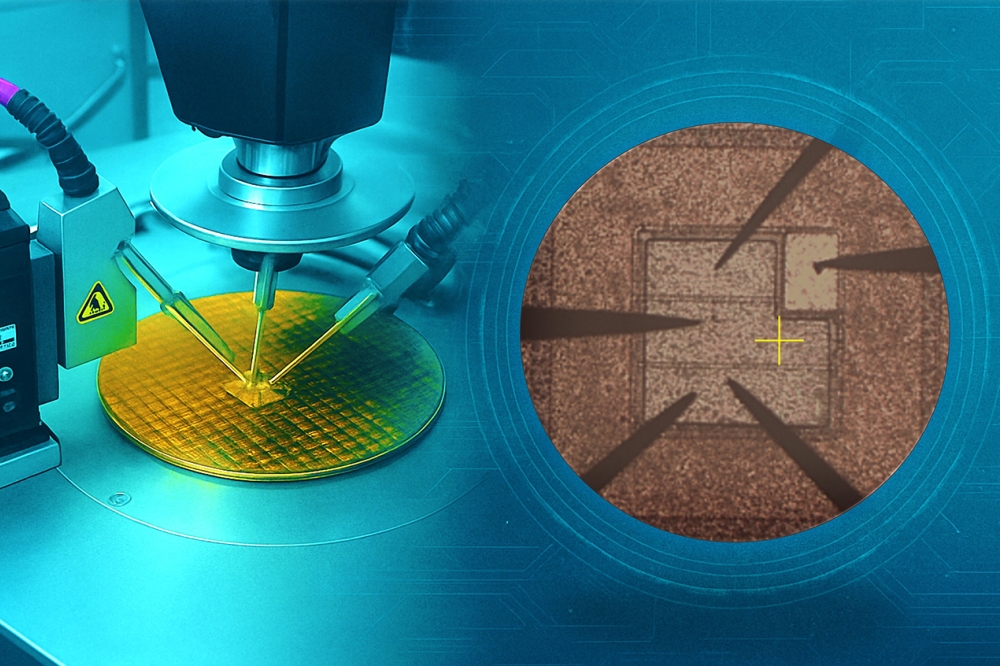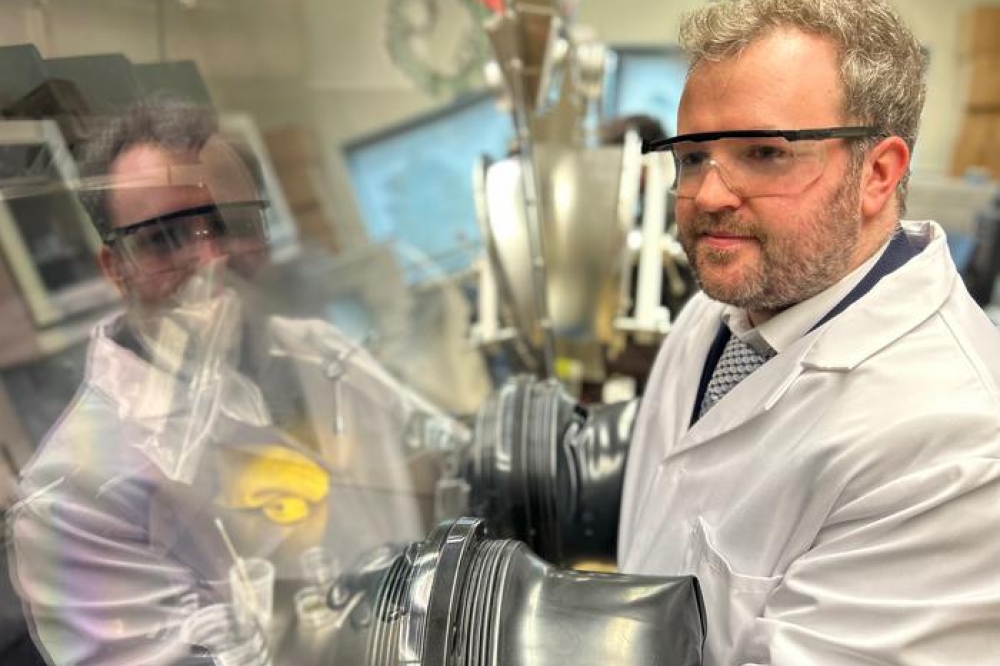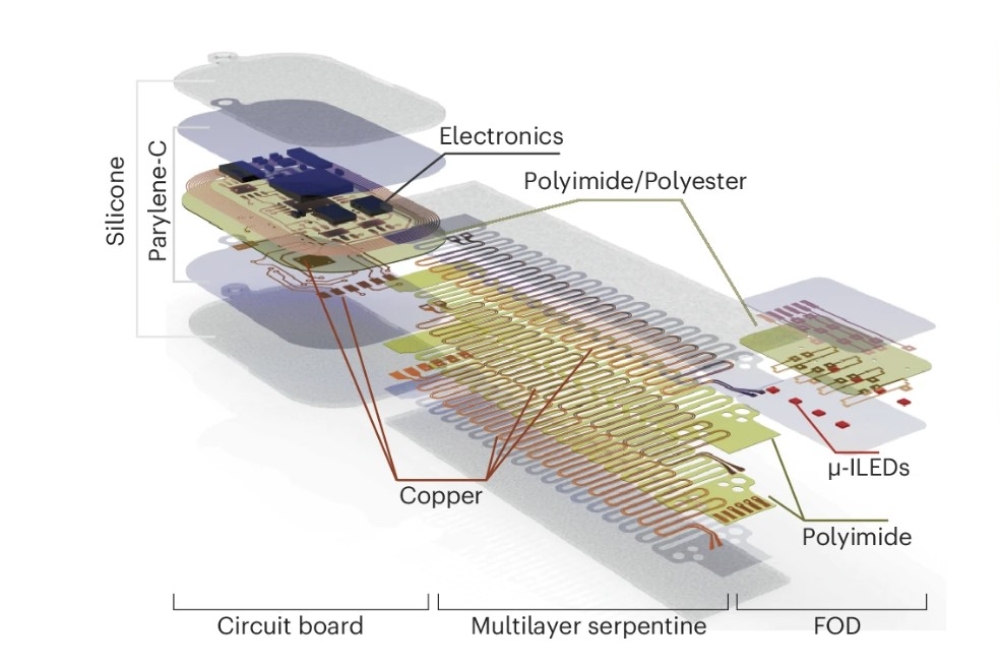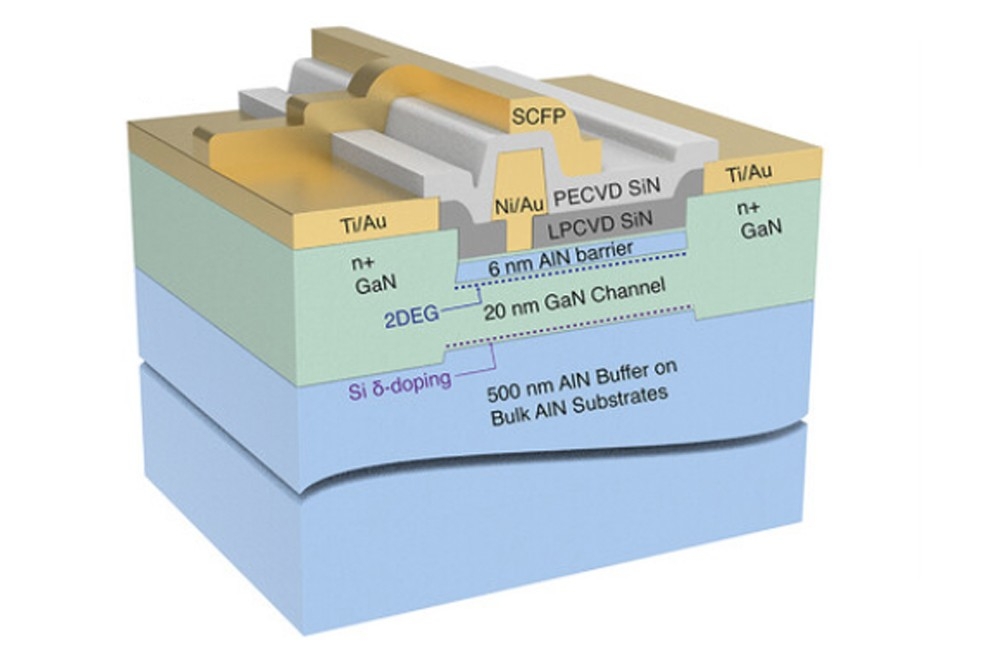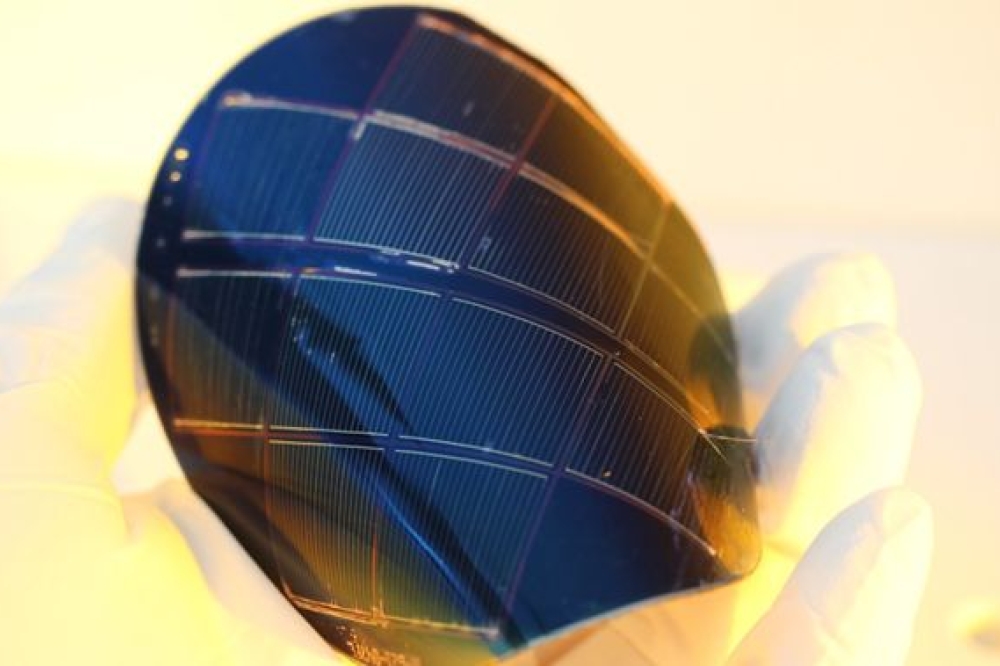Lynred concludes biggest space contract
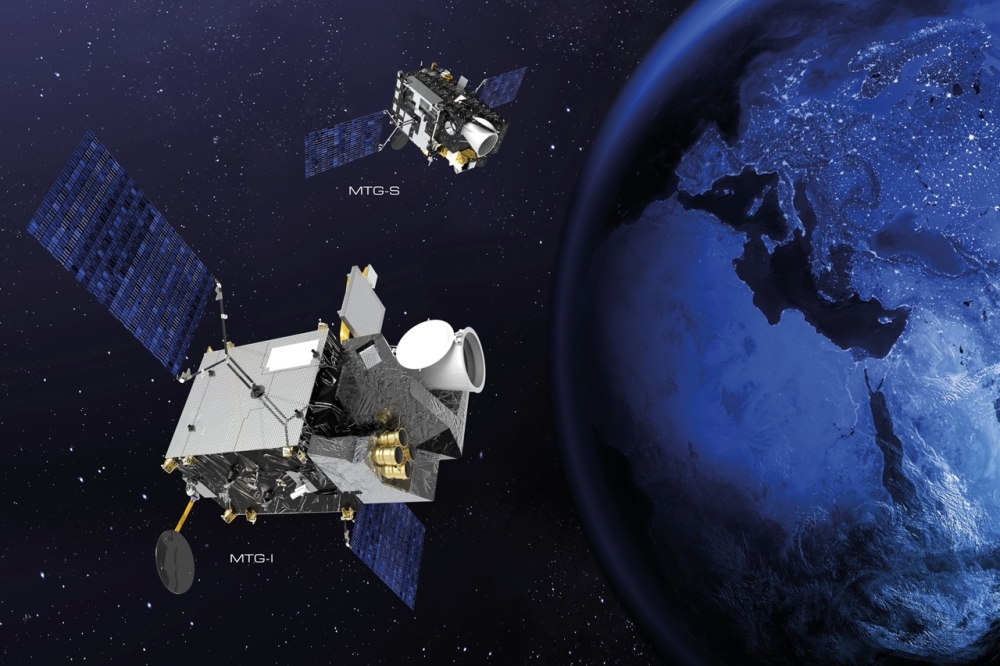
Grenoble-based IR sensor firm Lynred has announced the successful conclusion of its biggest space contract to date.
Lynred recently delivered to Thales Alenia Space the last of 26 IR detector flight models destined for the more than 20-year operational lifespan of the MTG (Meteosat Third Generation) mission, a European Space Agency (ESA) program aimed at revolutionising storm prediction and enhancing weather forecasting.
Lynred brings to fruition a contract valued at tens of millions of euros, that began in 2004 with Lynred conducting pre-development technology studies, followed by a design and production phase in 2011.
Operated by EUMETSAT (the European operational satellite agency for monitoring weather), the objective of the MTG mission is to guarantee the continuity of data for weather forecasting from geostationary orbit for the next two decades. The mission sets a focus on near-forecasting in order to anticipate any severe weather event within the context of current climate change. The full system is based on a series of two types of satellite: four MTG-Imagers (MTG-I) and two MTG-Sounders (MTG-S).
Lynred produced the flight models for all the satellites in the MTG program comprising the MTG-I satellites, an Earth spectral imaging instrument used for multipurpose imagery and wind derivation by tracking clouds and water vapour features, and Earth atmosphere analysis (MTG-S) satellites.
“It is very gratifying to know that Lynred is playing a key role in enhancing the detection capabilities of the MTG satellite instruments and in fulfilling the program’s objectives of delivering meteorological forecasts,” said Philippe Chorier, space business development manager at Lynred. "Through this program, Lynred has shown once again its technological leadership in addressing major European space program needs, for 100 percent assurance in performance and reliability of advanced imaging devices.”
IR imaging achievements from SWIR to VLWIR
Over the past four decades, Lynred has developed and delivered IR detectors for space programs and seen them successfully deployed in missions. Key to the high-performance space-grade IR detectors, according to the company, is the inherent quality of its MCT (Mercury Cadmium Telluride) technology and hybridisation process, as well as many years of experience in designing IR detectors.
Lynred says it overcame numerous challenges in developing the IR detectors for these MTG satellites: notably, excelling in their performance in signal to noise ratio, linearity, operability, spectral response accuracy and MTF (Modulation Transfer Function) across the entire electromagnetic spectrum – shortwave band (SWIR) to very longwave band (VLWIR).
Other achievements include, in particular, the operation of IR detectors in the VLWIR spectral range up to 15 µm with low dark current (undesired current that flows in a device in the absence of incident radiations) and ultimate detector operability at nominal system operating temperature. Each underscores Lynred’s expertise in imaging technologies.
Next steps
In December 2022, ESA launched the first MTG-I satellite. The first MTG-S satellite will be launched during the summer of 2025. The second MTG-I satellite is scheduled for summer 2026, to complete the MTG in-flight full operational configuration. Following that, two other MTG-I satellites and another MTG-S satellite will be launched.
These successive launches will enable the MTG program to fulfill its 20-year operational requirement into the early 2040’s and provide data for meteorological forecasting. In the meantime, the next-generation meteorological satellite studies will be initiated.
Drawing upon this experience, Lynred says it has a heightened capacity to provide its long and rich expertise in space infrared detectors development, especially for the next-generation meteorological satellites. The first studies are expected to start in the second half of this decade, so that the satellites will be ready for launch around 2040, to replace the current generation of MTG satellites.

